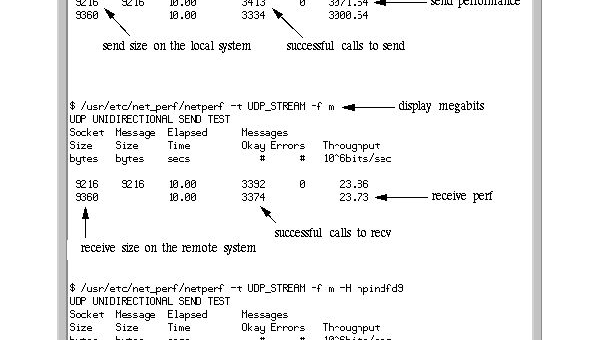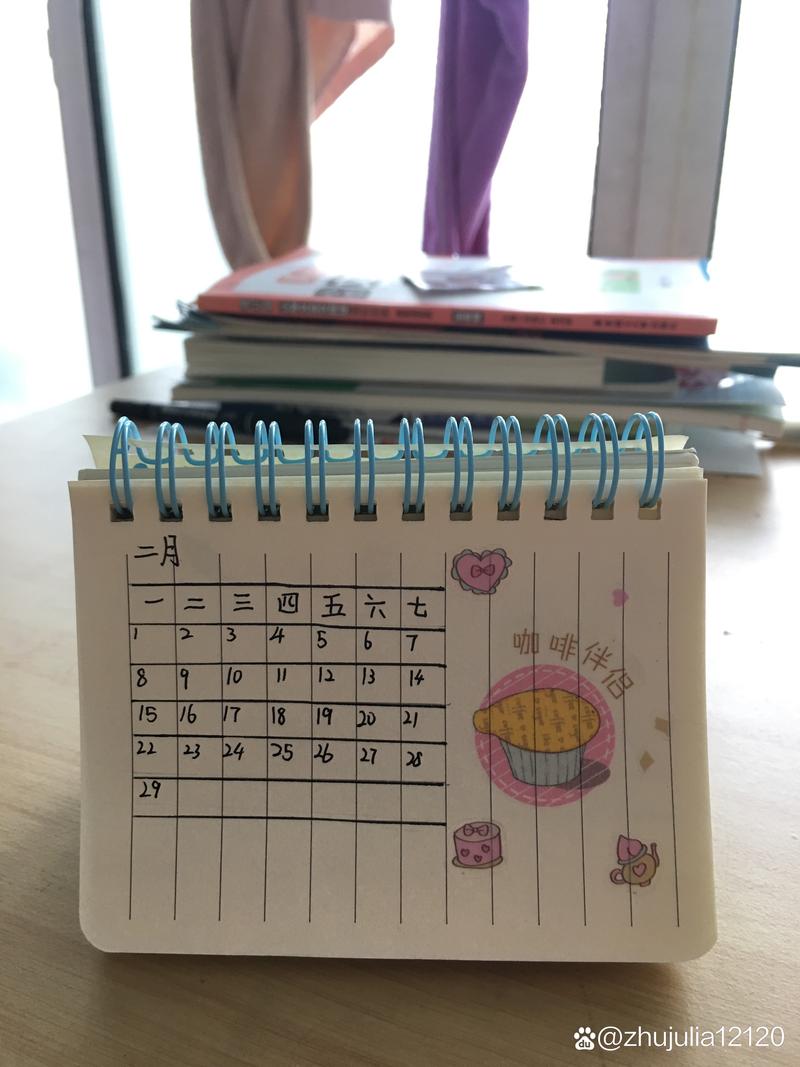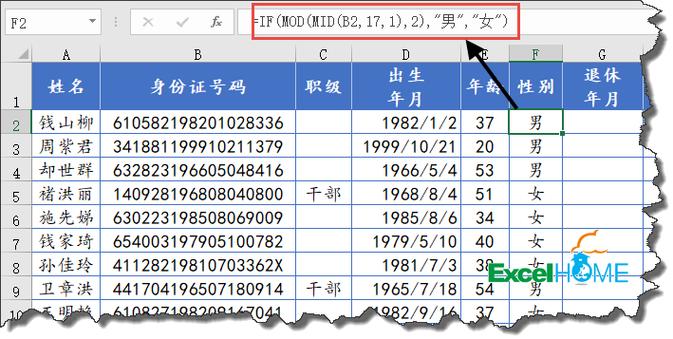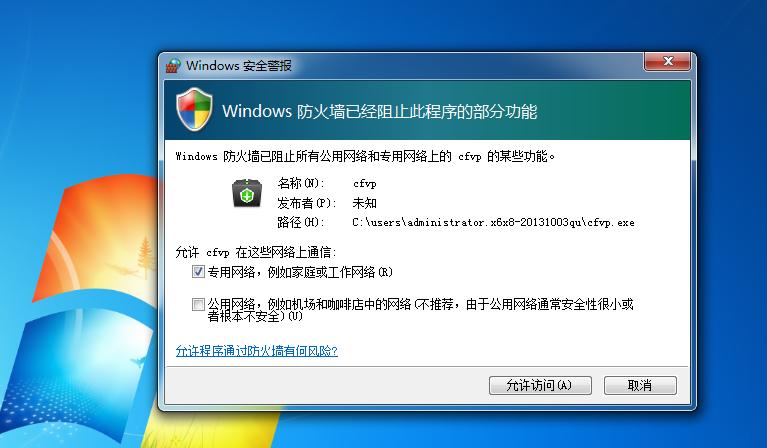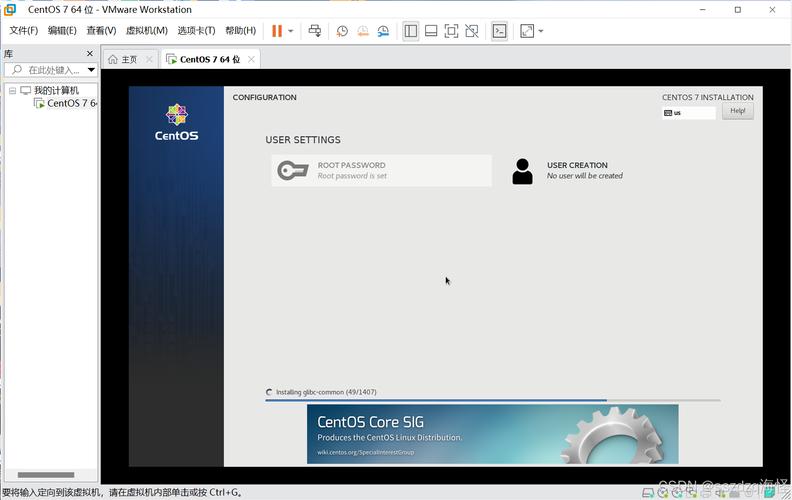父子线程之间共享数据主要有以下几种方式:
1.共享变量
父线程和子线程可以通过共享变量来交换数据。这些变量需要在父线程中定义并传递给子线程,以确保子线程可以访问这些变量。需要注意的是,共享变量在多线程环境中可能需要同步,以避免数据竞争和不一致性。
public class sharedvariableexample {
private static int shareddata = 0;
public static void main(string[] args) {
thread parentthread = new thread(() -> {
// 修改共享数据
shareddata = 10;
system.out.println("parent thread set shareddata to " + shareddata);
thread childthread = new thread(() -> {
// 访问共享数据
system.out.println("child thread sees shareddata as " + shareddata);
});
childthread.start();
});
parentthread.start();
}
}
2.使用threadlocal
threadlocal允许每个线程拥有其独立的局部变量副本。虽然threadlocal本身不直接用于父子线程的数据共享,但它可以确保每个线程有自己的数据副本而不会被其他线程干扰。为了实现父子线程间的数据共享,可以在父线程中设置数据,并在子线程中获取这些数据。
public class threadlocalexample {
private static threadlocal threadlocaldata = threadlocal.withinitial(() -> 0);
public static void main(string[] args) {
threadlocaldata.set(10);
thread childthread = new thread(() -> {
integer data = threadlocaldata.get();
system.out.println("child thread sees threadlocaldata as " + data);
});
childthread.start();
}
}
3.使用同步机制
当多个线程需要安全地访问共享数据时,可以使用同步机制,如synchronized关键字或显式的锁(例如reentrantlock)。这样可以确保在任何时间只有一个线程可以访问共享数据,从而避免数据竞争和不一致性问题。
public class synchronizedexample {
private static int shareddata = 0;
public static void main(string[] args) {
object lock = new object();
thread parentthread = new thread(() -> {
synchronized (lock) {
shareddata = 10;
system.out.println("parent thread set shareddata to " + shareddata);
thread childthread = new thread(() -> {
synchronized (lock) {
system.out.println("child thread sees shareddata as " + shareddata);
}
});
childthread.start();
}
});
parentthread.start();
}
}
4.使用线程安全的数据结构
java 提供了一些线程安全的数据结构,如concurrenthashmap、copyonwritearraylist等。这些数据结构可以用于在多个线程之间共享数据,并自动处理同步问题。
import java.util.concurrent.concurrenthashmap;
public class concurrenthashmapexample {
private static concurrenthashmap map = new concurrenthashmap<>();
public static void main(string[] args) {
map.put("sharedkey", 10);
thread parentthread = new thread(() -> {
system.out.println("parent thread set map value to " + map.get("sharedkey"));
thread childthread = new thread(() -> {
system.out.println("child thread sees map value as " + map.get("sharedkey"));
});
childthread.start();
});
parentthread.start();
}
}
5.使用executorservice
如果父线程和子线程是通过executorservice来管理的,可以通过callable和future对象来传递数据。callable可以返回结果,父线程可以通过future获取子线程的计算结果。
import java.util.concurrent.callable;
import java.util.concurrent.executionexception;
import java.util.concurrent.executorservice;
import java.util.concurrent.executors;
import java.util.concurrent.future;
public class executorserviceexample {
public static void main(string[] args) throws interruptedexception, executionexception {
executorservice executor = executors.newfixedthreadpool(2);
future future = executor.submit(() -> {
return 10; // 子线程返回数据
});
integer result = future.get(); // 获取子线程返回的数据
system.out.println("main thread received result: " + result);
executor.shutdown();
}
}
总结
父子线程间共享数据可以通过多种方式实现,包括直接共享变量、使用threadlocal、同步机制、线程安全的数据结构以及executorservice。选择合适的方式取决于具体的应用场景和需求。在多线程环境中,确保数据一致性和避免竞争条件是非常重要的。
到此这篇关于java实现父子线程共享数据的几种方法的文章就介绍到这了,更多相关java 父子线程共享数据内容请搜索代码网以前的文章或继续浏览下面的相关文章希望大家以后多多支持代码网!

